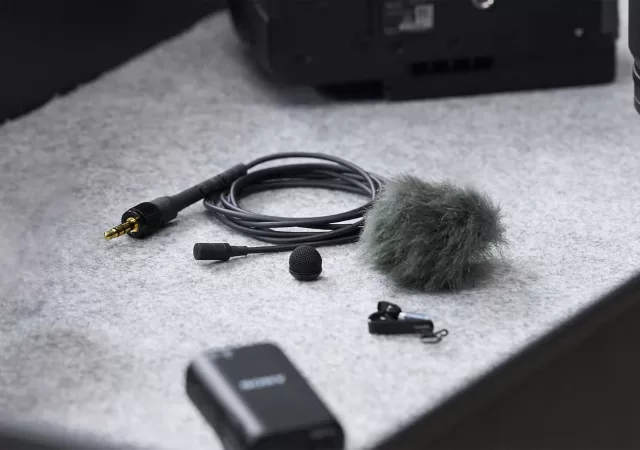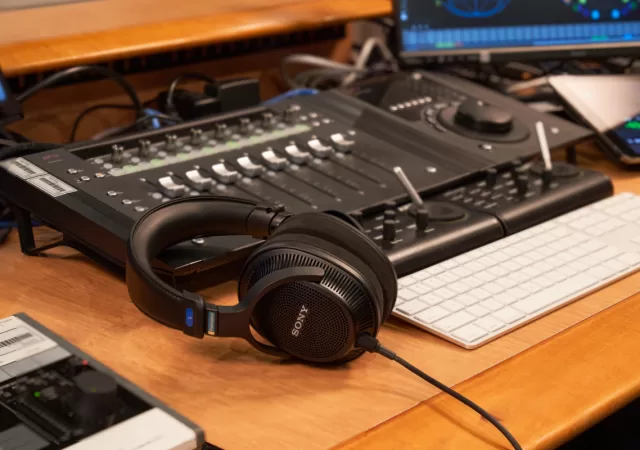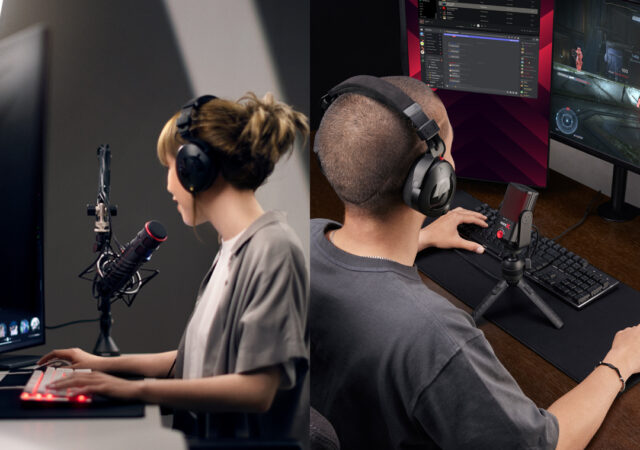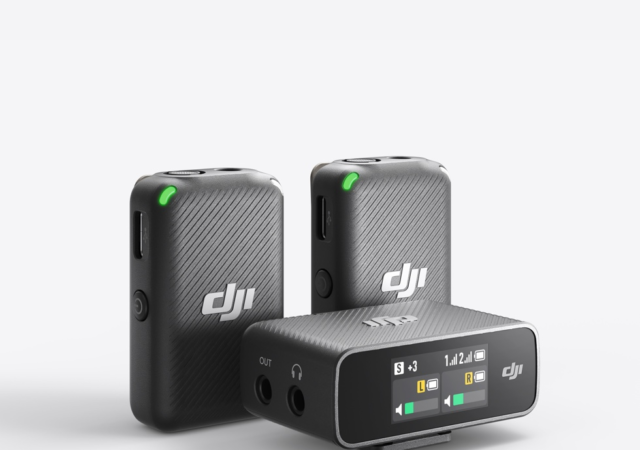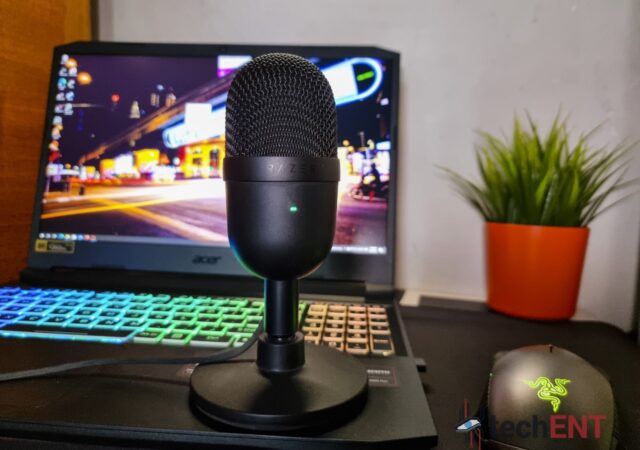Sony introduces a new tool for your content creation toolkit – the ECM-L1 Lavalier Microphone that offers crystal clear audio and is compatible with a wide range of wireless receivers.
Sony MDR-MV1 Open Back Headphones Comes to Set the New Standard for Monitoring Headphones
Sony releases the MDR-MV1 open-back monitoring headphones for more accurate mixing and spatial audio mixing capabilities in the studio
The 5th Generation RØDE NT1 Mic is That Do-It-All Mic You Have Been Looking For
RØDE introduces their 5th generation NT1 condenser with 32-bit float digital output. This could be the ultimate studio condenser for all.
Rode Launches Rode X – Made for Gamers and Streamers
Rode launches their new line-up of products made for gamers and streamers. They launched the Rode X SCM-50 and Rode X XDM-100 mics with UNIFY
DJI MIC is the Next Best Thing for Video Audio Solutions
DJI makes the MIC, an audio recording solution that charges two wireless mic in a box, kind of like your TWS earphones. Sets you back US% 329.
Razer Seiren Mini In-Depth Review – Little Pill, Big Volume
Razer’s Seiren Mini might not look like much. At MYR 249, it is one of the most affordable USB mic of its kind. Is it worth the money though?



